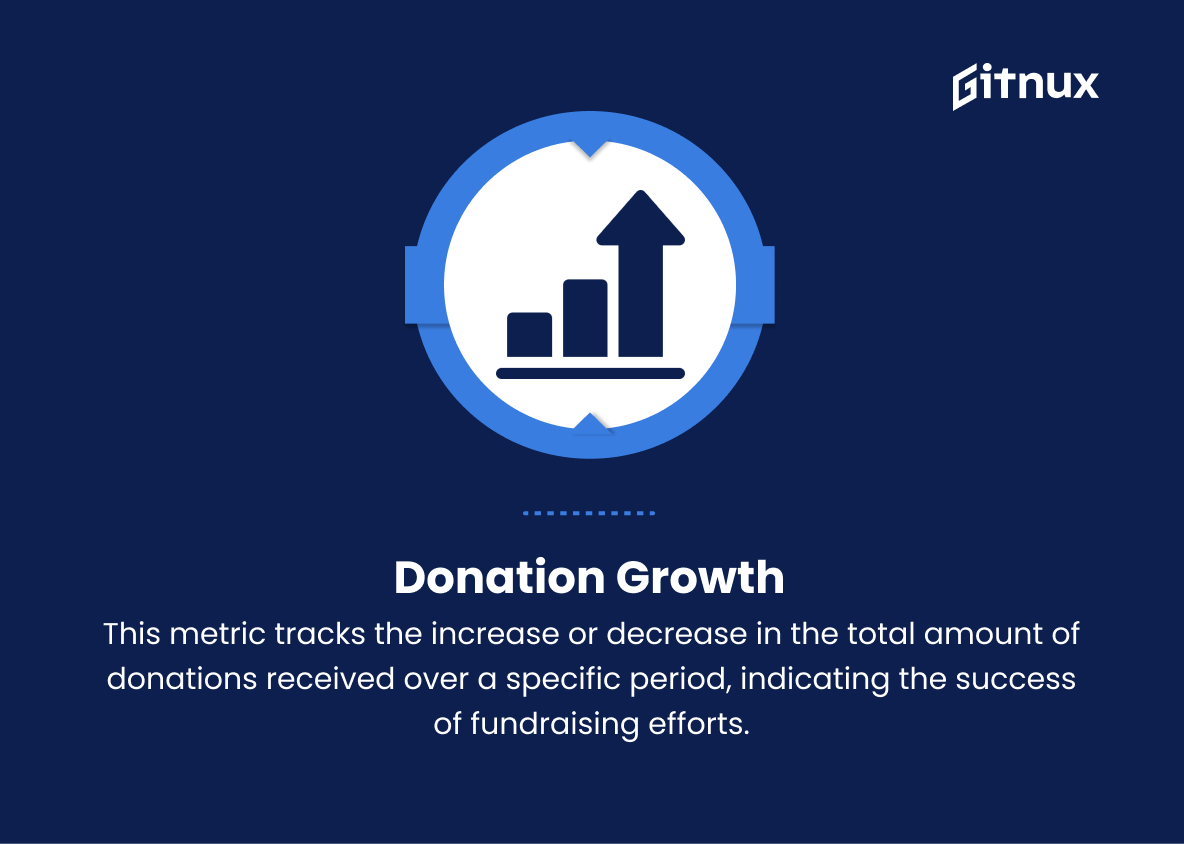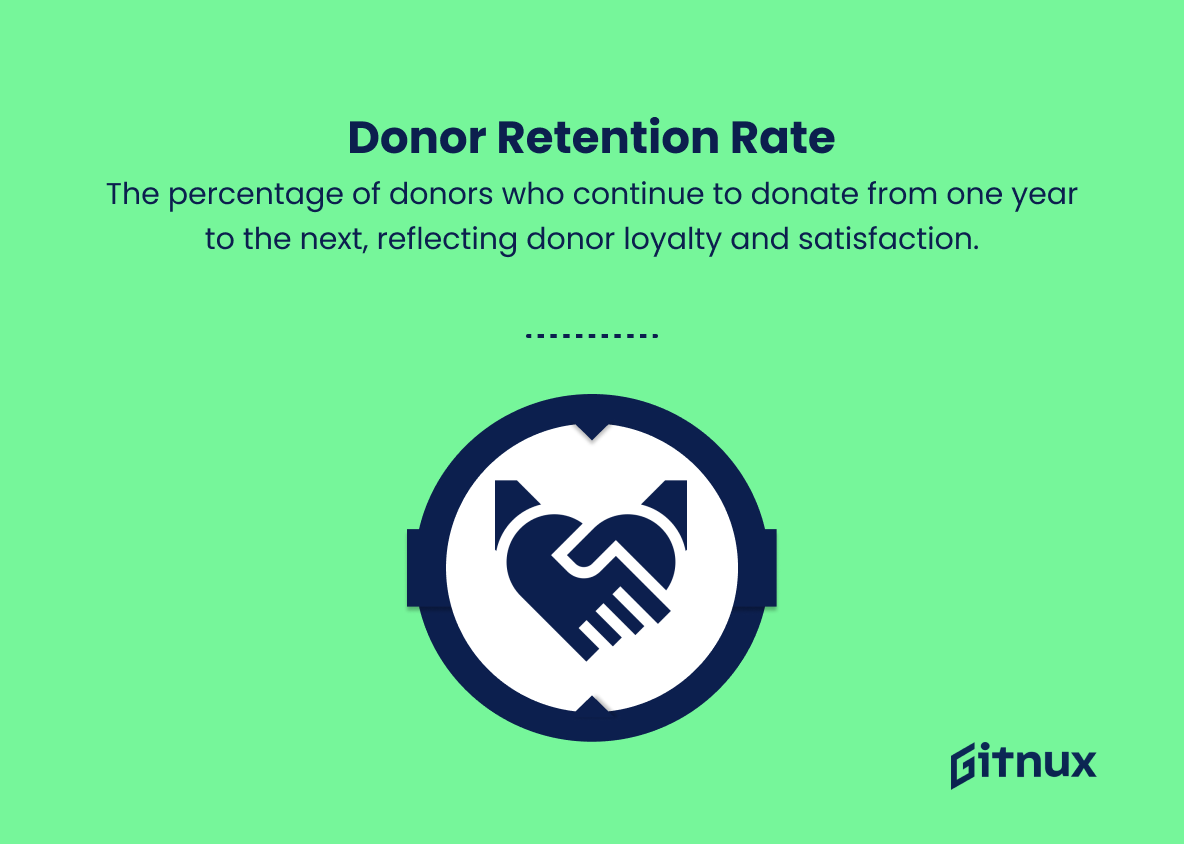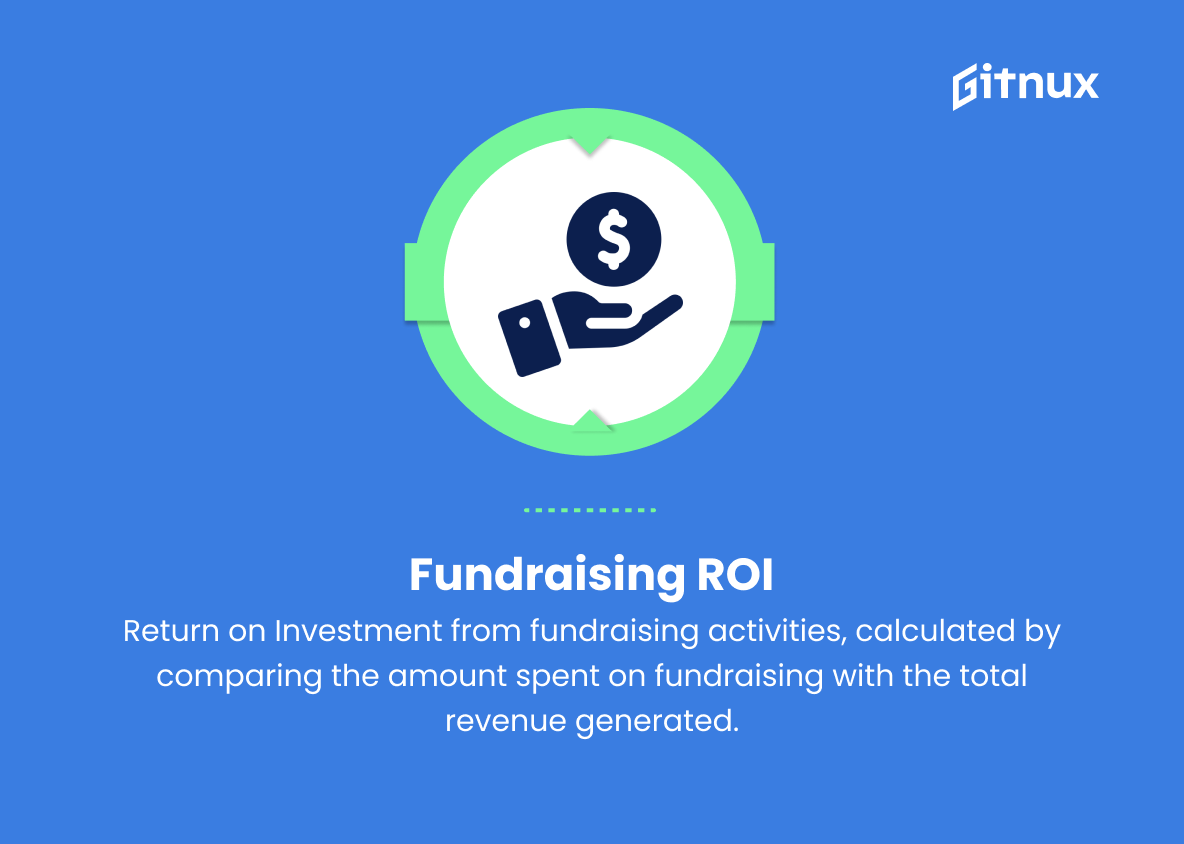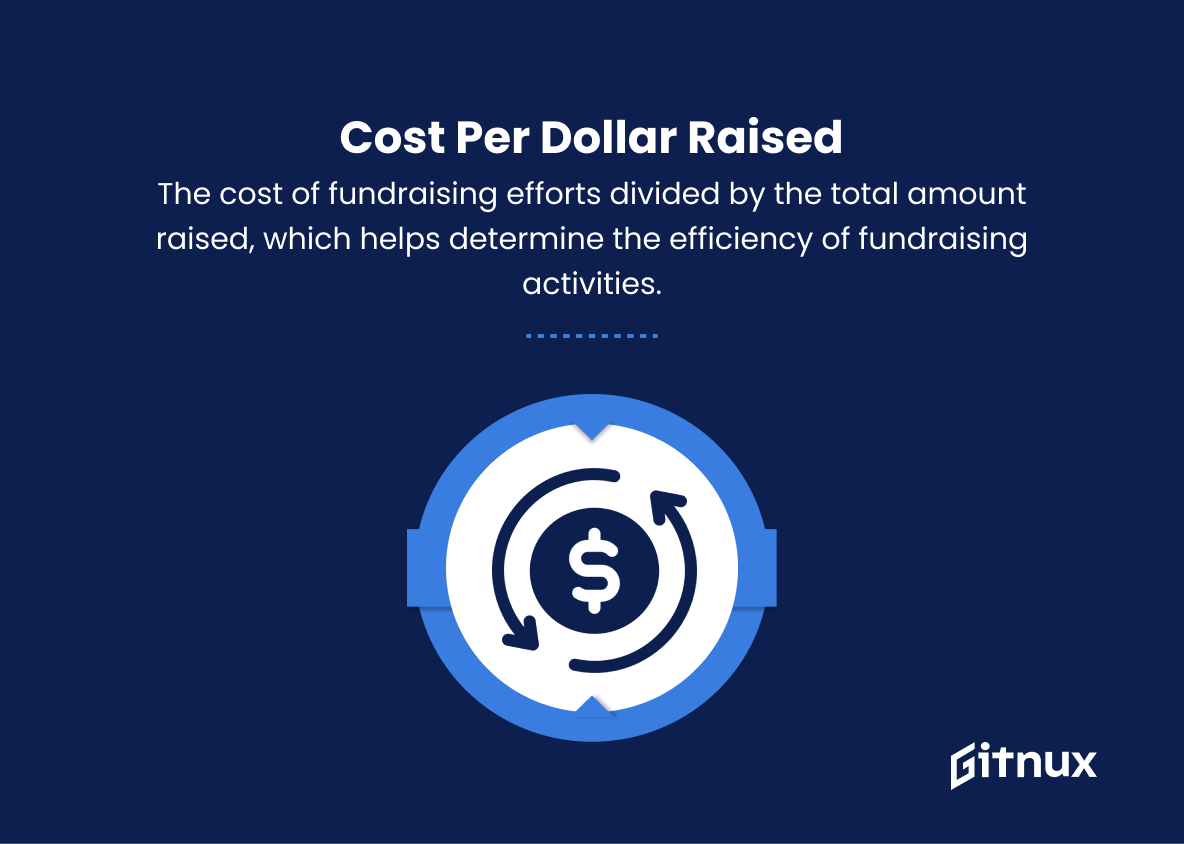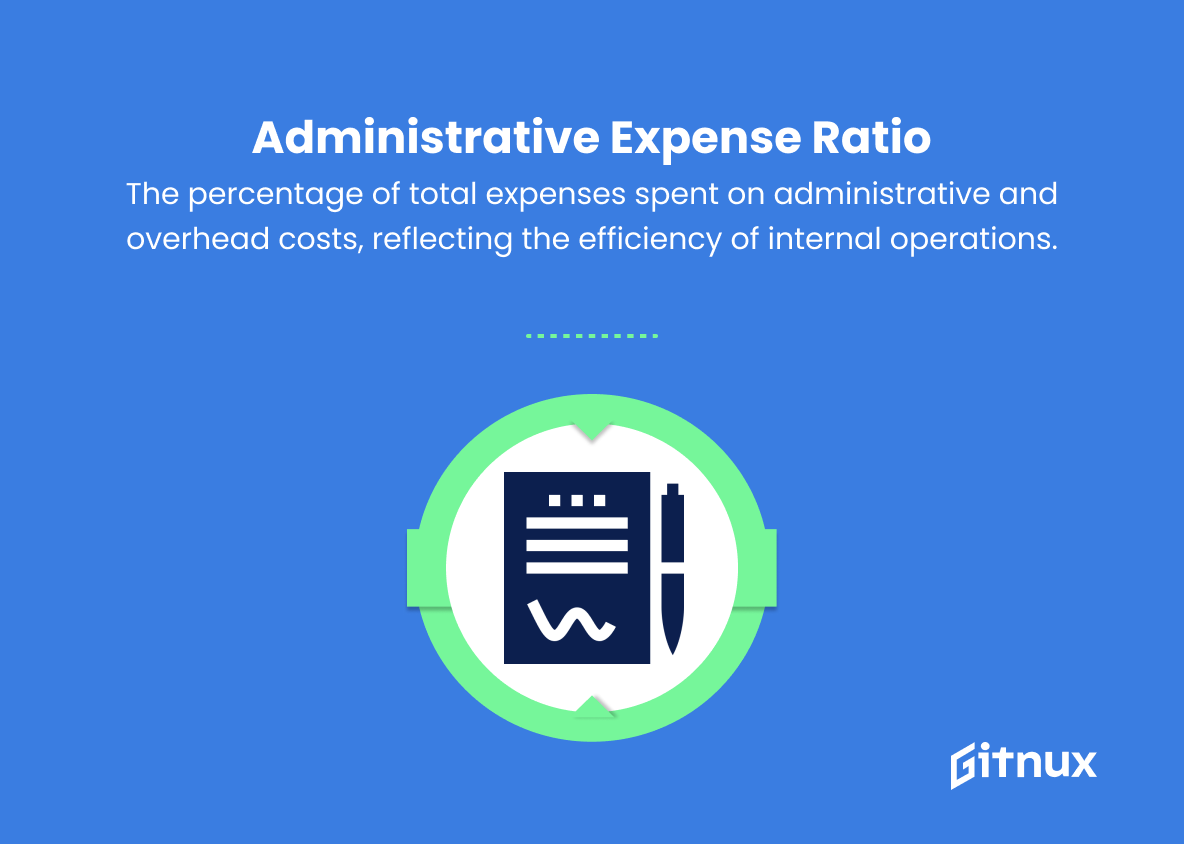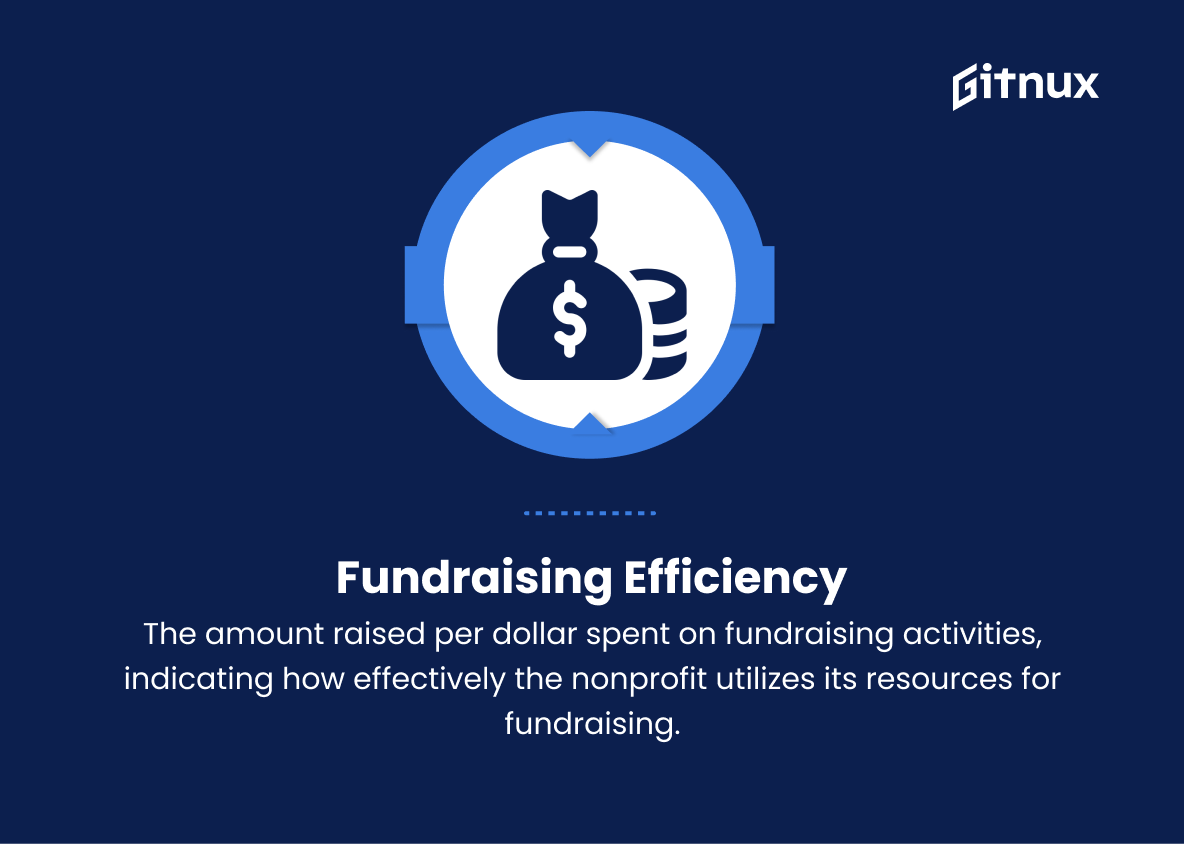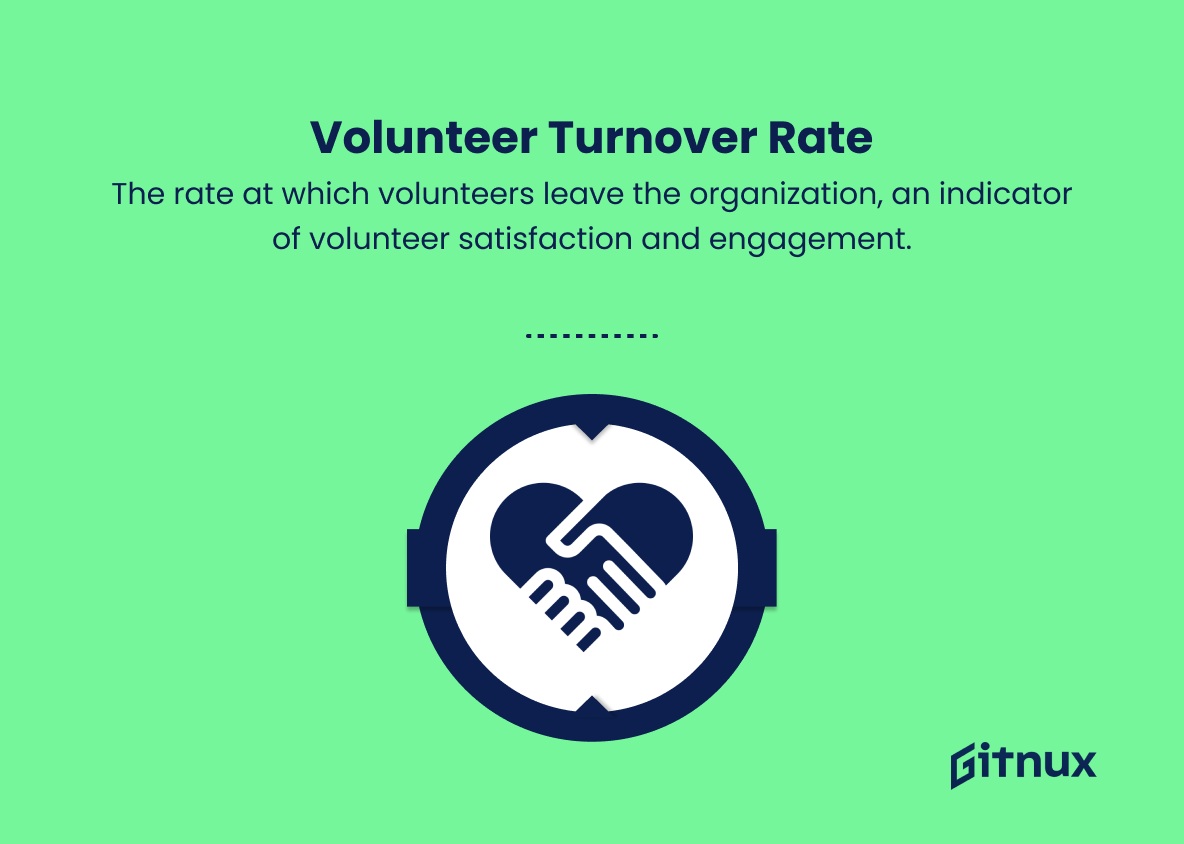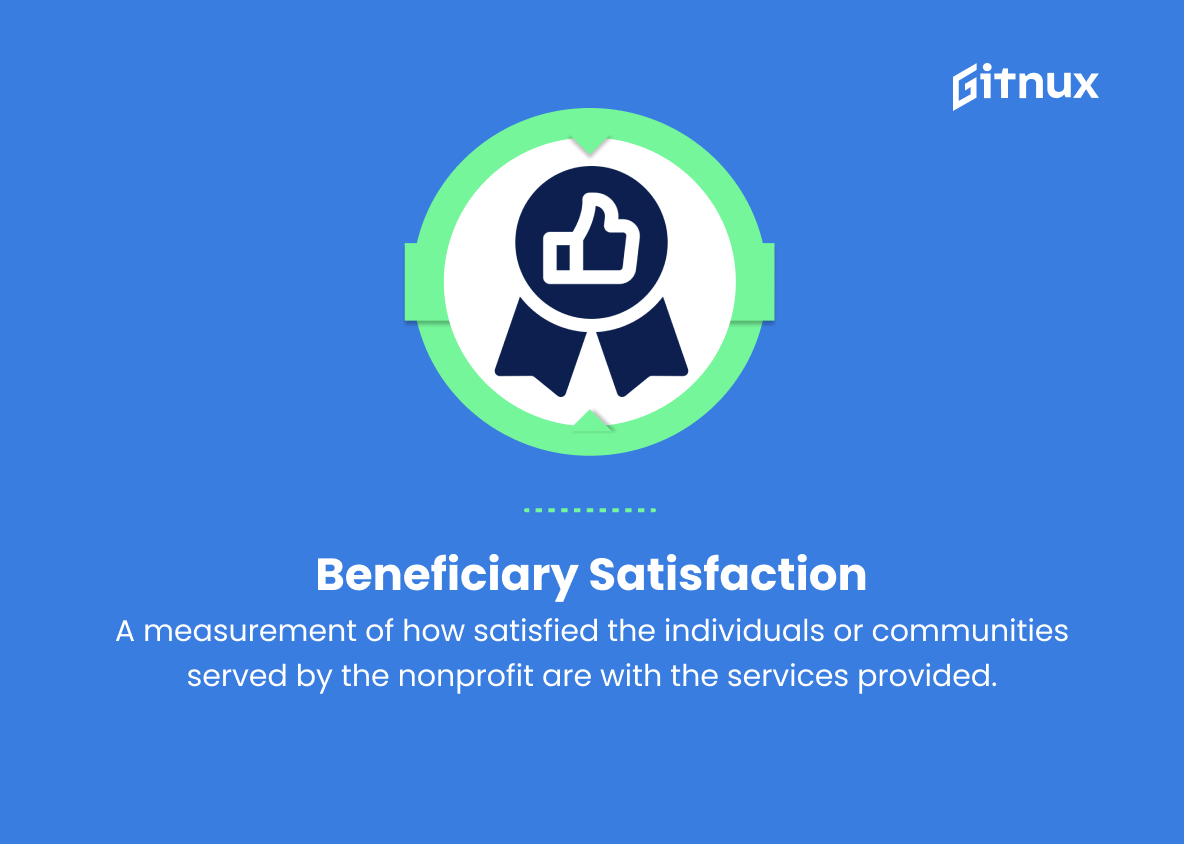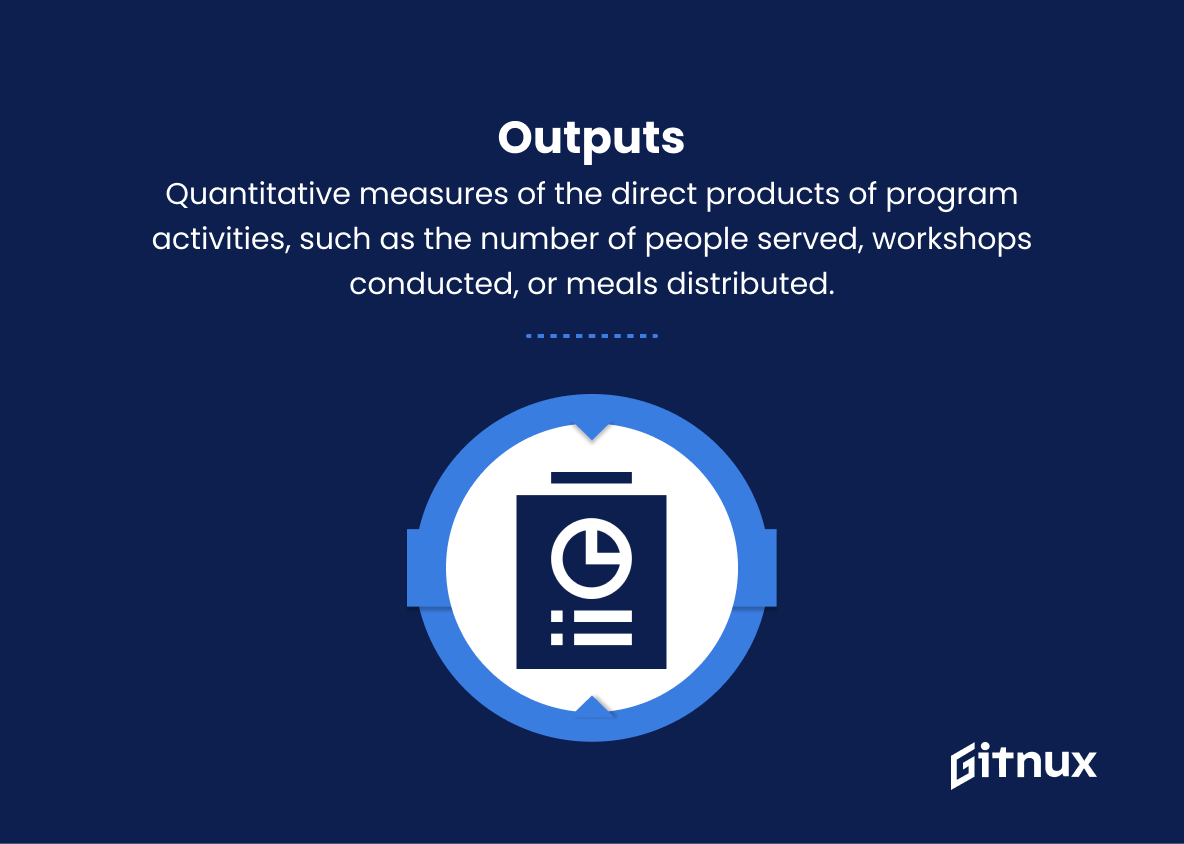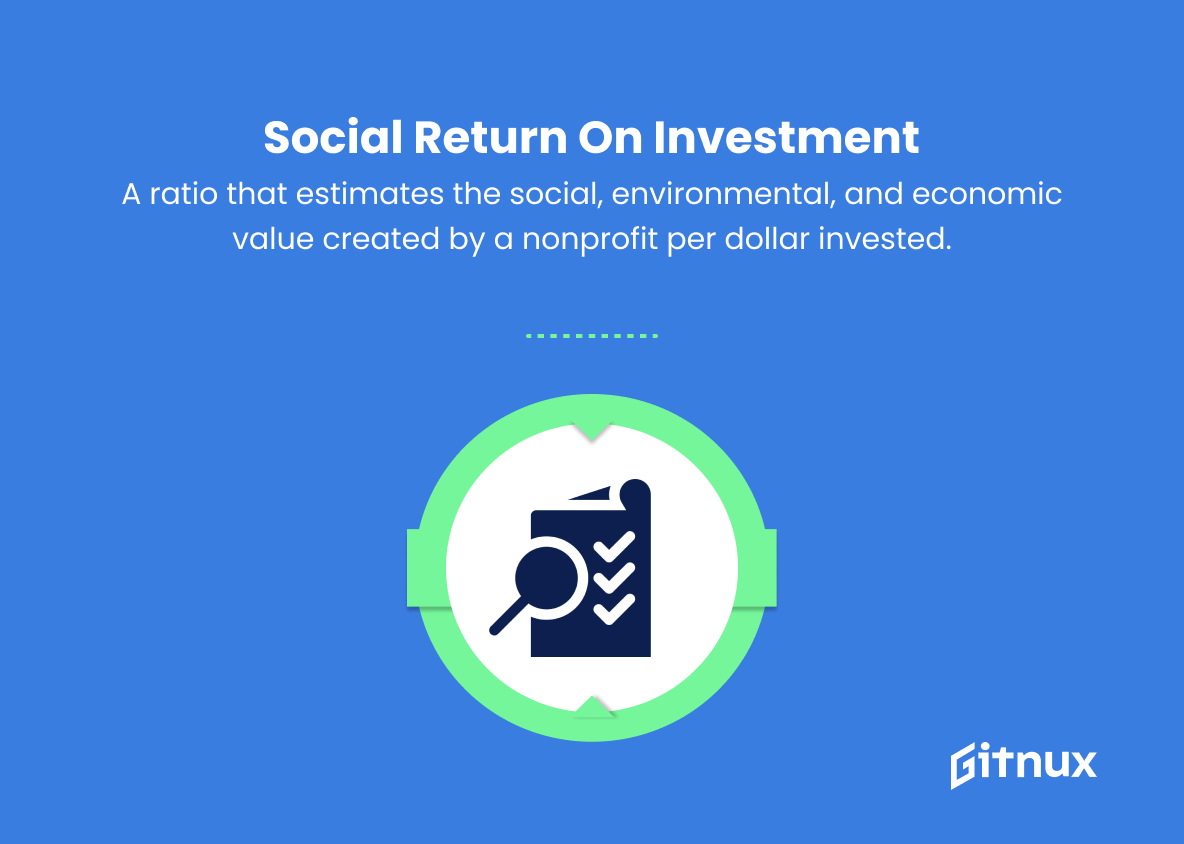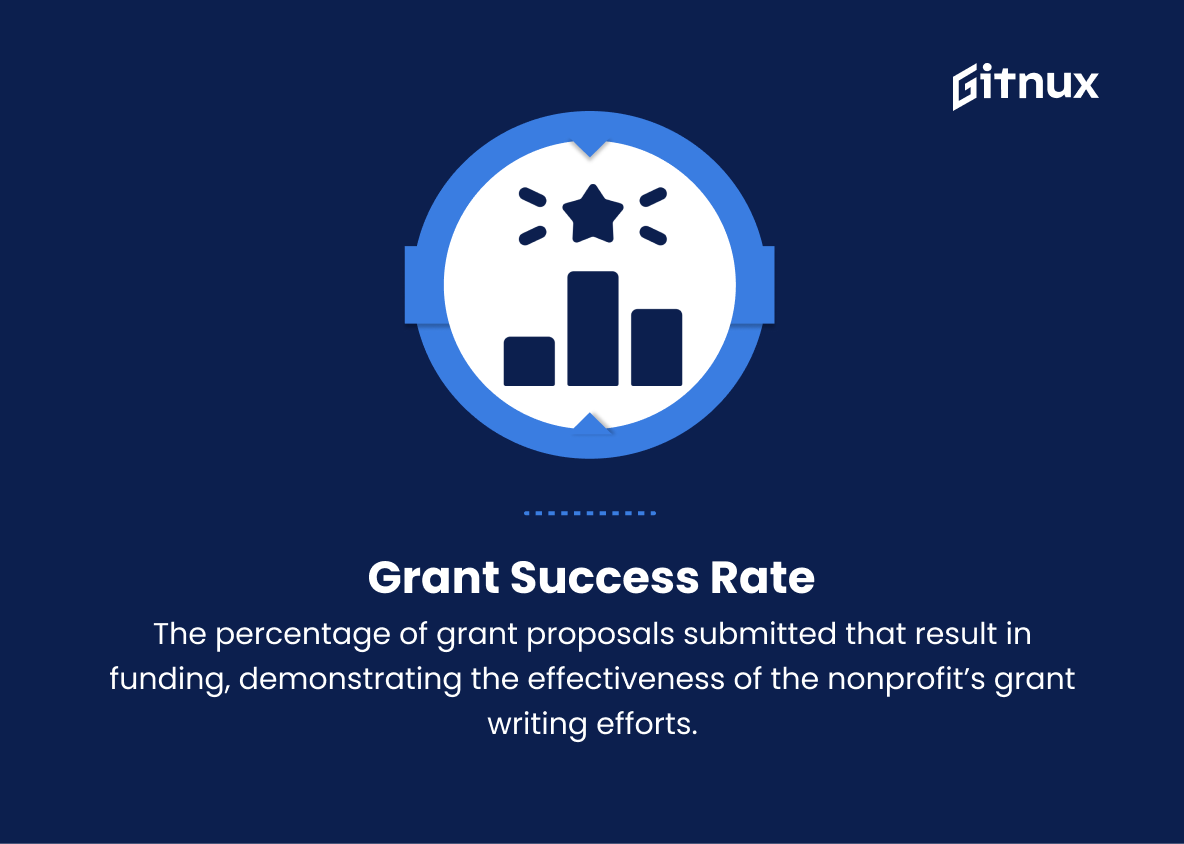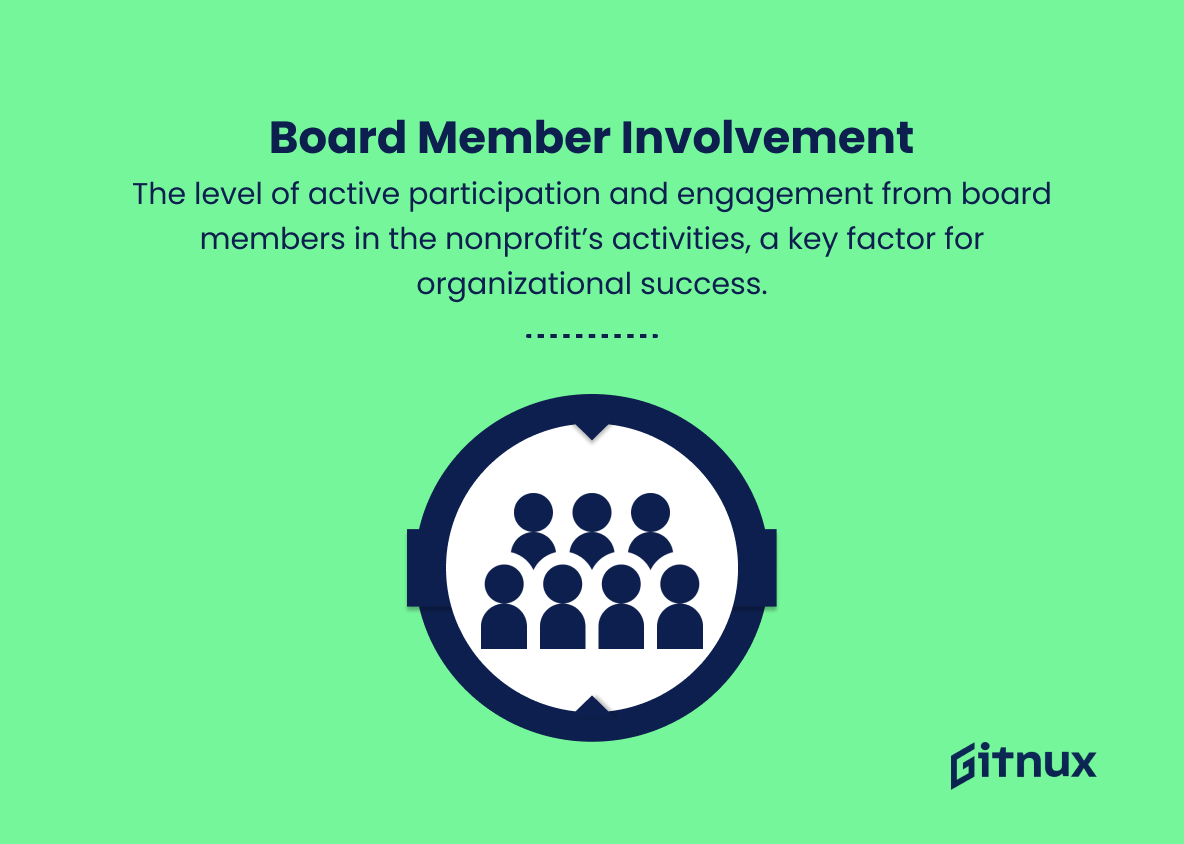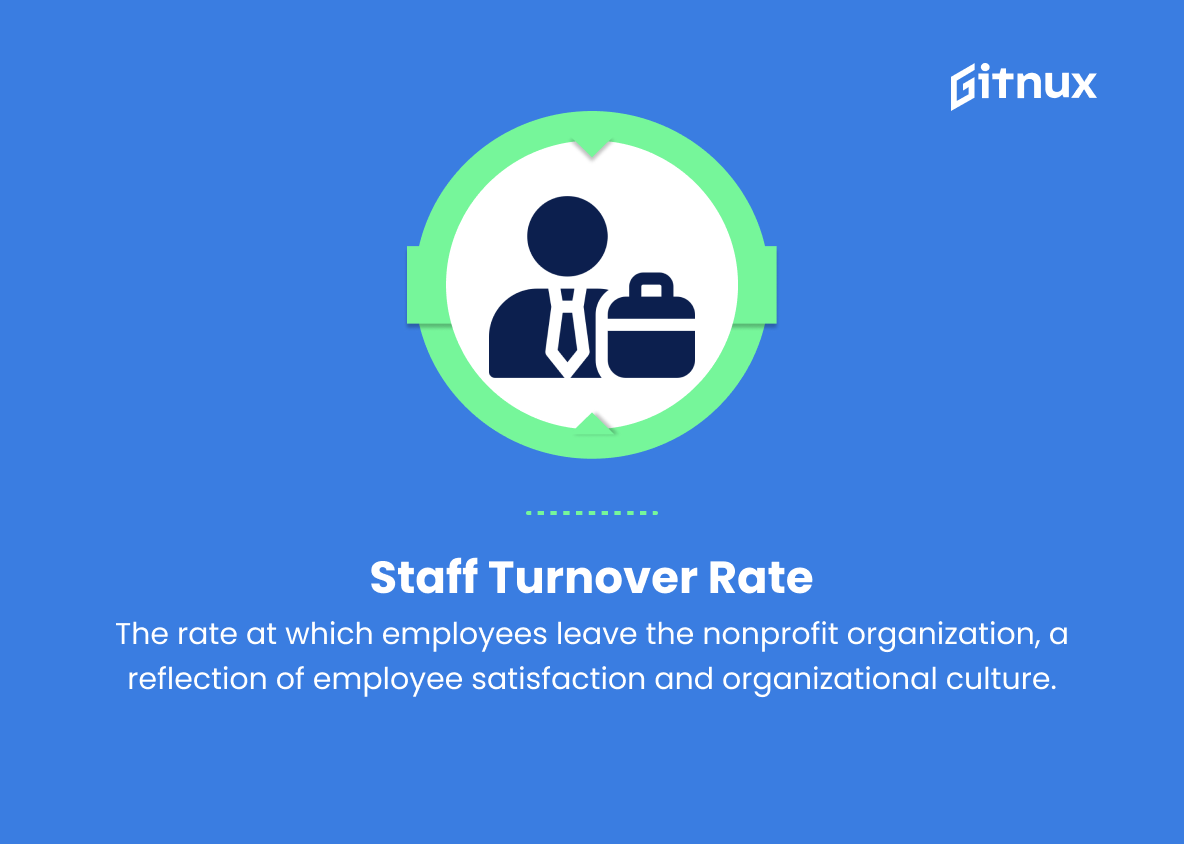In today’s data-driven world, it has become quintessential for non-profit organizations to not only make a difference but to accurately quantify and evaluate their impact. Non-profit metrics serve as key performance indicators in achieving an organization’s mission, offering invaluable insights into its effectiveness, sustainability, and stakeholder engagement.
In this compelling blog post, we will delve into the critical metrics that your non-profit organization should adopt, and how they can simultaneously improve your decision-making process and amplify your organization’s impact in the world. With a solid understanding of essential non-profit metrics, you can efficiently allocate resources, measure progress, and steer your organization on the path toward a brighter future.
Non Profit Metrics You Should Know
1. Donation Growth
This metric tracks the increase or decrease in the total amount of donations received over a specific period, indicating the success of fundraising efforts.
2. Donor Retention Rate
The percentage of donors who continue to donate from one year to the next, reflecting donor loyalty and satisfaction.
3. Fundraising ROI
Return on Investment from fundraising activities, calculated by comparing the amount spent on fundraising with the total revenue generated.
4. Cost per Dollar Raised
The cost of fundraising efforts divided by the total amount raised, which helps determine the efficiency of fundraising activities.
5. Program Expense Ratio
The percentage of total expenses spent on programs and services, providing an insight into how efficient a nonprofit is at allocating resources to its mission.
6. Administrative Expense Ratio
The percentage of total expenses spent on administrative and overhead costs, reflecting the efficiency of internal operations.
7. Fundraising Efficiency
The amount raised per dollar spent on fundraising activities, indicating how effectively the nonprofit utilizes its resources for fundraising.
8. Volunteer Turnover Rate
The rate at which volunteers leave the organization, an indicator of volunteer satisfaction and engagement.
9. Beneficiary Satisfaction
A measurement of how satisfied the individuals or communities served by the nonprofit are with the services provided.
10. Outputs
Quantitative measures of the direct products of program activities, such as the number of people served, workshops conducted, or meals distributed.
11. Outcomes
The short-term and long-term effects of a nonprofit’s programs, which demonstrate the impact made on the lives of beneficiaries.
12. Social Return on Investment (SROI)
A ratio that estimates the social, environmental, and economic value created by a nonprofit per dollar invested.
13. Grant Success Rate
The percentage of grant proposals submitted that result in funding, demonstrating the effectiveness of the nonprofit’s grant writing efforts.
14. Board Member Involvement
The level of active participation and engagement from board members in the nonprofit’s activities, a key factor for organizational success.
15. Staff Turnover Rate
The rate at which employees leave the nonprofit organization, a reflection of employee satisfaction and organizational culture.
16. Collaboration and Partnerships
The extent to which a nonprofit partners with other organizations in its sector, promoting resource sharing and capacity building.
17. Employee Satisfaction
A measure of how satisfied employees are with their job and the organization, impacting employee retention and overall success.
18. Online Presence
The extent to which a nonprofit effectively engages with donors, volunteers, and beneficiaries through online platforms such as social media and website.
19. Community Impact
The overall effect of a nonprofit’s programs and services on the target community, addressing various layers of social issues.
20. Financial Sustainability
The ability of a nonprofit to maintain sufficient financial resources for both short-term and long-term operations, ensuring the organization’s viability and effectiveness.
Non Profit Metrics Explained
Nonprofit metrics are essential for monitoring and evaluating the effectiveness, efficiency, and impact of an organization’s programs and services. Metrics such as donation growth, donor retention rate, and fundraising ROI provide insights into the financial success and sustainability of an organization, ensuring it has the necessary resources to fulfill its mission. Evaluating performance through indicators like program expense ratio, administrative expense ratio, and fundraising efficiency allows organizations to allocate resources effectively and maximize their impact.
Additionally, metrics like volunteer and staff turnover rate, and employee and beneficiary satisfaction shed light on the organization’s internal operations and overall effectiveness in meeting the needs of their target populations. Through analyzing outputs and outcomes, nonprofits can measure the direct impact of their programs and assess their social return on investment (SROI).
Metrics such as grant success rate, board member involvement, collaboration and partnerships, and online presence demonstrate the organization’s capacity for growth, attracting support, and navigating the evolving landscape of the nonprofit sector. These diverse metrics, including community impact and financial sustainability, combine to provide a comprehensive understanding of a nonprofit’s performance, helping to guide strategic decision-making and foster long-term success in addressing social issues.
Conclusion
In summary, non-profit metrics are an essential tool for organizations to measure, evaluate, and enhance their impact in the communities they serve. By focusing on key performance indicators such as financial sustainability, program effectiveness, and operational efficiency, non-profits can successfully navigate and grow amidst increasingly complex operating environments. Additionally, fostering transparency and open communication regarding these metrics can help build trust and credibility with stakeholders, thereby attracting further funding and support for the organization’s mission.
As the non-profit sector evolves, so too must our ability to accurately assess and report on the true impact that these organizations have on the lives of those they seek to help. By prioritizing non-profit metrics, we can ensure that the resources and efforts are utilized appropriately, ultimately resulting in greater societal change and the betterment of our world.
